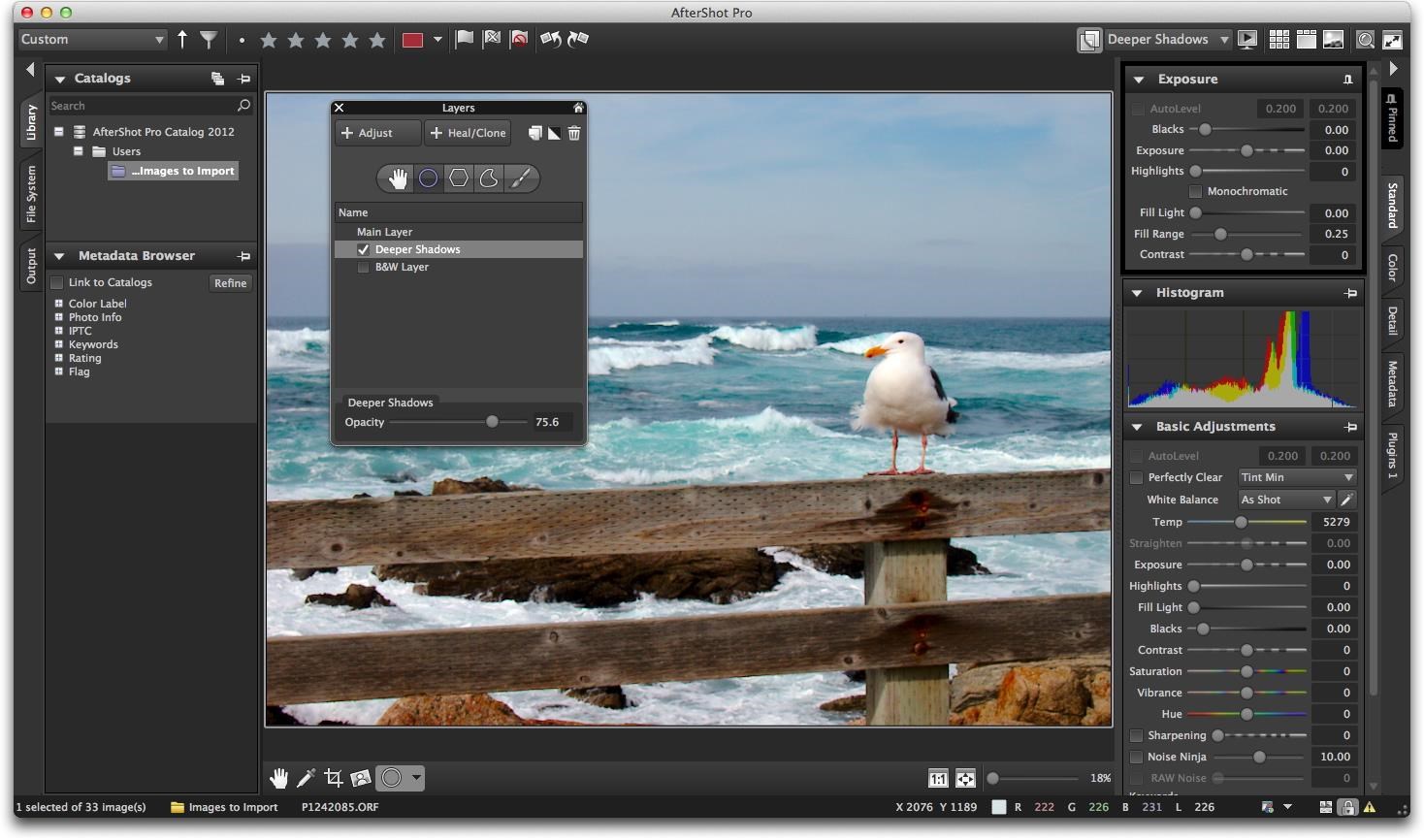
Instead, you’ll get something like 52% cyan and 13% yellow. For example, if you apply a solid RGB color 0/255/255 (which is bright cyan) to a frame and then print it, you’re not going to see a perfect 100% cyan in print. Similarly, when you’re applying solid colors to objects in InDesign- and those documents are headed for print-you should use CMYK or spot color swatches, not RGB, in the interest of predictable conversion. If you’re using Illustrator or a similar vector-drawing tool to make logos or illustrations that will likely be printed, we generally recommend using CMYK or spot colors, not RGB. InDesign can convert RGB vector artwork, too, but it won’t necessarily end up the way you’d expect. We want to be clear that we’re talking about pixel-based images here - bitmapped images, such as those from Photoshop.
ADOBE BATCH IMAGE CONVERTER PDF
So now, in the 21st century, here’s the new rule: Keep your images in RGB as long as you can, place them, as RGB, into InDesign… and then, only if you have to, convert to CMYK inside InDesign when you make your PDF files. (There are a few, relatively rare exceptions to this rule, which we’ll cover below.) It uses the same color engine, so you can get exactly the same results. Of course, you should always consult the printer to determine how your job should be submitted - never assume!īut here’s the truth: InDesign can convert your images to CMYK as well as Photoshop can.

You’ll still encounter print providers who insist on the submission of CMYK content, partly because “that’s how we’ve always done it” (and partly because some very small shops might still be using antiquated equipment). Thus it was that, in all the land, a decree went out, ordering that Thou Shalt Convert Thy RGB Images To CMYK Before Sending Thy Job To The Printer.įast forward to Modern times: Current print workflows perform excellent conversions of RGB to CMYK, and some printing processes - such as digital presses and large-format inkjet output - actually provide better and more vibrant output when fed with RGB content. True, in Ye Olden Days, the RIPs (Raster Image Processors) used by commercial printers to translate PostScript from graphics programs did a lousy job of converting RGB to CMYK, resulting in muddy, inaccurate color rendering. And we feel a bit like someone walking into a jail announcing, “Hey, the doors aren’t locked! You don’t have to stay in here!” Some people immediately jump up and taste freedom some wake up to the new realization slowly and others refuse to believe it, knowing that staying behind bars is more comfortable than facing the unknown. And in fact, you probably should not convert them to CMYK (at least not in Photoshop).Īs we have traveled around the world giving presentations about InDesign, Photoshop, and publishing, we’ve been constantly amazed at the number of people who are still using the old, 20th-century “convert to CMYK” workflow. So, even though we’ve been saying this for 15 years, maybe you haven’t heard it… so we’re going to say it one more time, with emotion:

But you know what? This is the 21st century now and it’s time to wake up, smell the coffee, and change your ways for the better. And yes, we know that you’ve been doing this since 1989 with PageMaker 2. Yes, we know you probably learned to convert images to CMYK in Photoshop before placing them in InDesign.


 0 kommentar(er)
0 kommentar(er)
